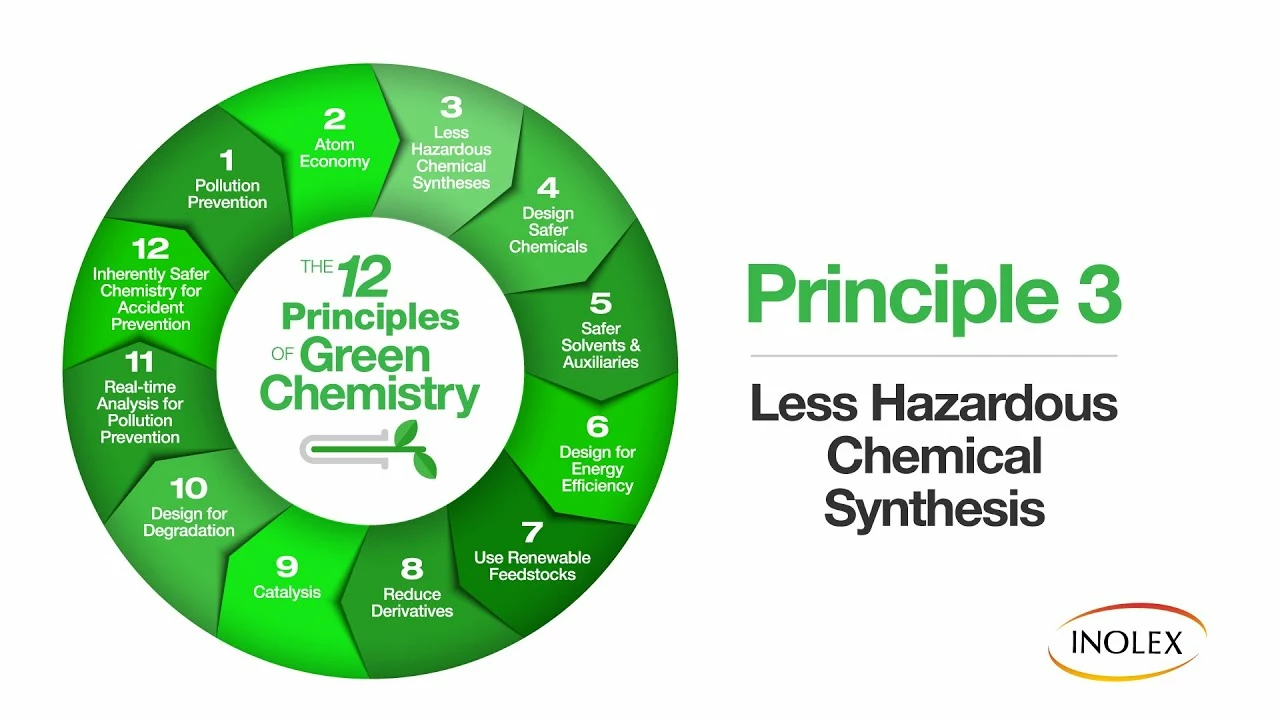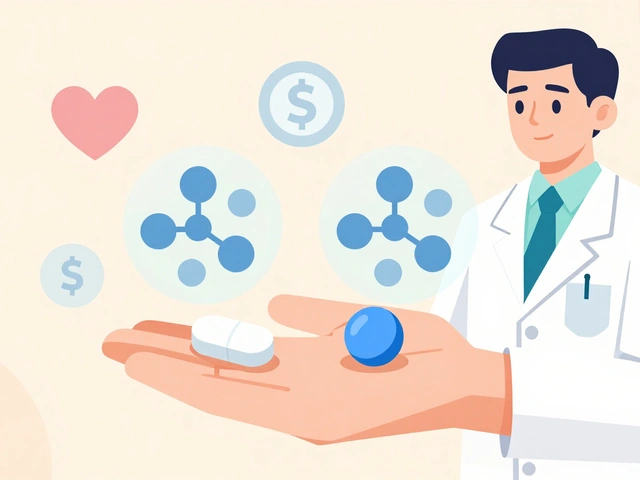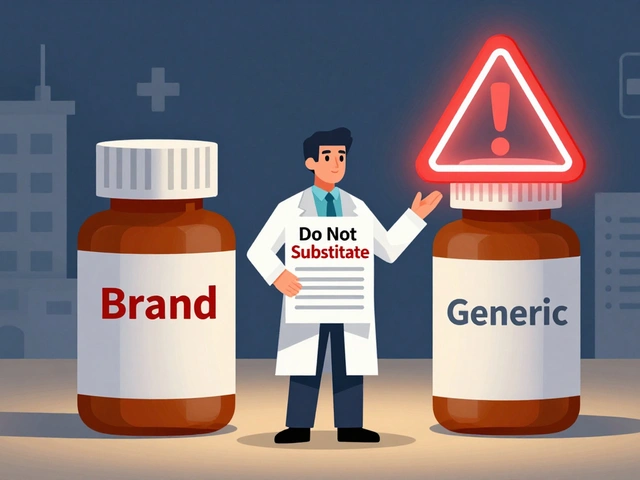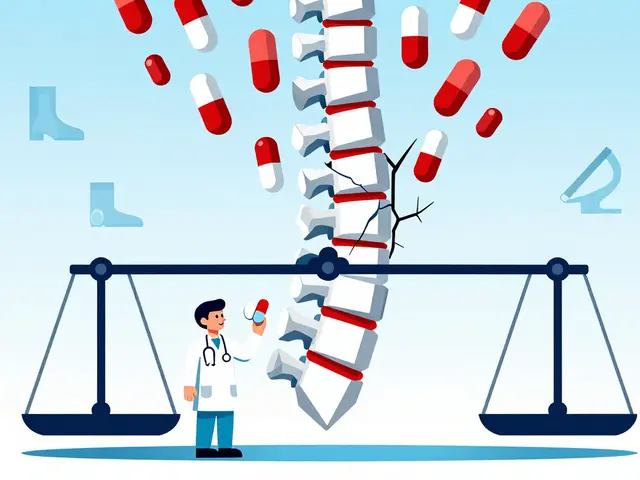Chemical analysis — clear, practical guides on drug testing and safety
Looking for straightforward explains about how drugs and supplements get tested, what impurities mean, or how production affects the environment? This tag collects short, practical articles that break those things down without the jargon. Read to learn how labs check purity, what a certificate of analysis (CoA) actually tells you, and why manufacturing methods matter for safety and the planet.
What you’ll find in this tag
First, real-world examples. We’ve got a focused piece on the environmental impact of doxepin production that shows how drug making can pollute water and air. You’ll also find reviews of common medicines — like erythromycin (Ilosone) — where we explain how the drug works and what lab tests confirm about strength and stability.
Other posts compare products and formulations. Articles about inhalers and triple-therapy devices walk through clinical performance plus factors labs measure, such as particle size or dose consistency. For supplements, pieces on tamarind and kefir explain how manufacturers test for active ingredients and impurities so you know what you’re buying.
How these guides help you
Every article tries to give you something useful you can act on. Want to know if an online pharmacy is safe? Read our walkthroughs that list red flags, and what lab or regulatory documents to ask for. Buying a prescription drug online? We point out how to check batch numbers, CoAs, and pharmacy credentials so you don’t end up with low-quality or counterfeit meds.
If you’re curious about lab work, the posts explain common tests in plain language: how HPLC checks potency, why mass spectrometry finds tiny contaminants, and how stability tests predict shelf life. No heavy theory — just what each test proves and why it matters for safety and effectiveness.
For people worried about side effects or interactions, some articles translate chemical findings into practical tips. For example, pieces on drug interactions or side-effect profiles list the lab-backed reasons certain combinations are risky and how monitoring can reduce harm.
Want quick steps? We give simple checklists: how to read a CoA, questions to ask an online seller, safe disposal tips for leftover meds, and signs that a product needs more testing. These checklists are short, concrete, and written for non-experts.
Use this tag when you want reliable, down-to-earth explanations about how chemical analysis affects the medicines and supplements you use. Browse the posts to learn which tests matter, how manufacturing choices impact safety and the environment, and what actions you can take right now to stay safer with your meds.
Still not sure where to start? Try the environmental piece on doxepin to see how production issues show up in lab reports, then read the buying guides to learn how to spot safer suppliers. Each article links to practical resources and next steps so you can act with confidence.
As a concerned environmentalist, I recently took a closer look at the environmental impact of dimethyl fumarate, a chemical commonly used as a biocide and fungicide. I discovered that this substance poses significant risks to aquatic organisms, especially algae and invertebrates, due to its high toxicity levels. Moreover, it has been found to be a potential endocrine disruptor, which can lead to severe ecological consequences. Thankfully, several countries have imposed bans or restrictions on its use, but I believe it's important to continue raising awareness about its harmful effects. Let's work together to prioritize environmentally friendly alternatives and reduce the negative impact of chemicals like dimethyl fumarate on our precious ecosystems.
Continue reading...






